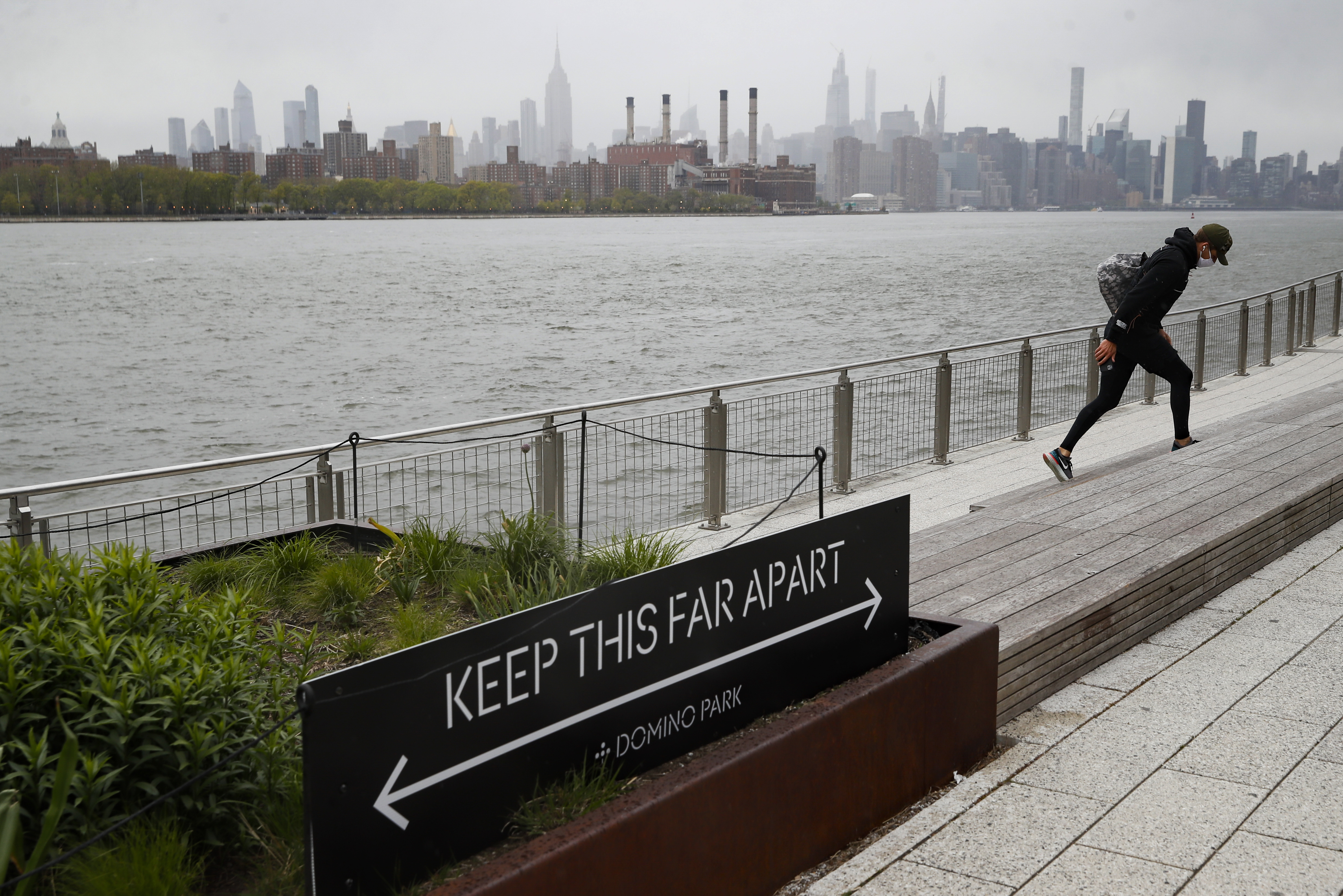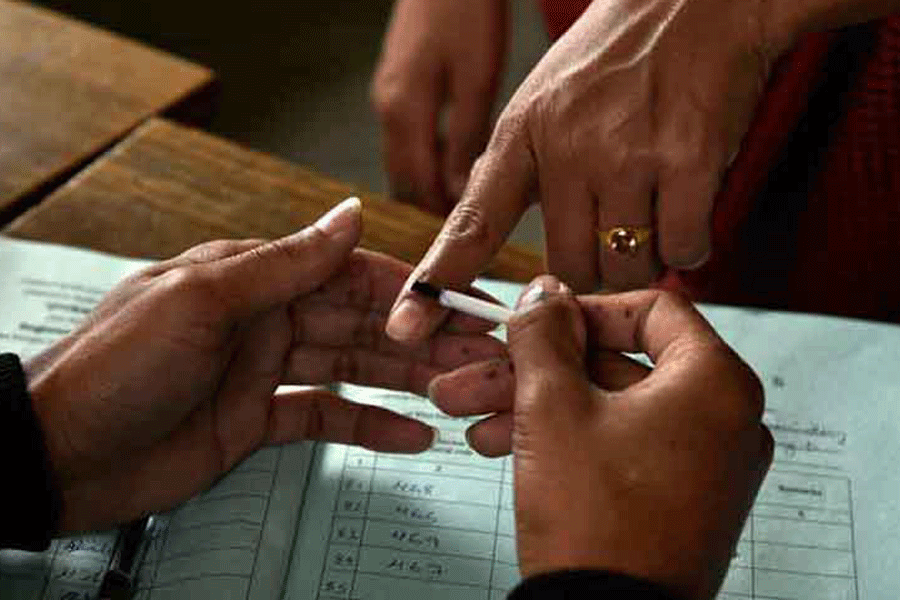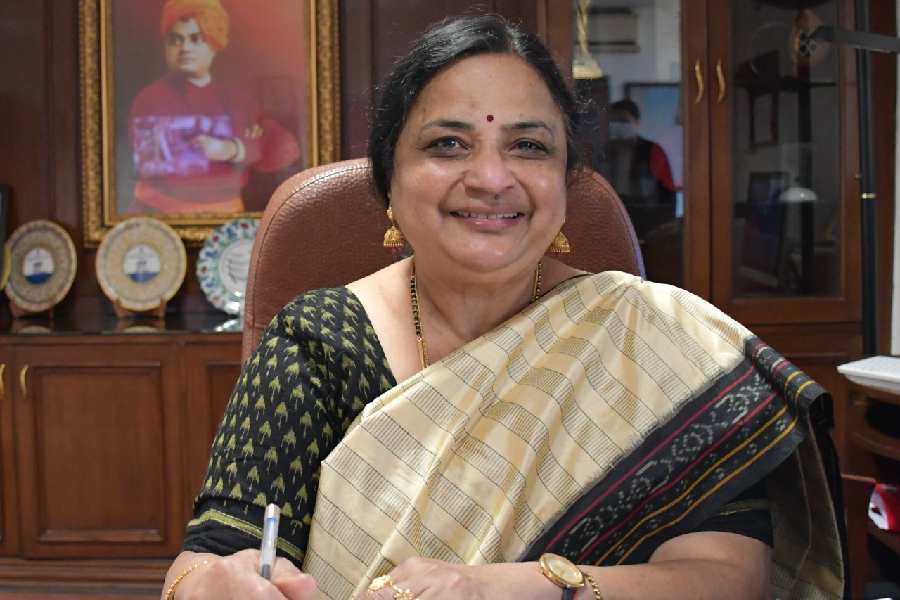It took a pandemic for me to finally see my language everywhere. During any disaster, you’ll usually see a sign-language interpreter next to the government officials. But with this disaster being both nationwide and seemingly endless, so is the presence of sign-language interpreters. I watch as their hands create images that flow directly into my brain, as natural as breathing.
I am a deaf person from a multi-generational deaf family. My mother met my father at a leadership convention for deaf youth when they were in high school. Every time my father tells their story, he doesn’t sign when he describes the moment that he first laid eyes on my mother. Instead, he uses his face. His eyes light up and his mouth drops open in an incredulous smile. Without words, we see him falling in love with her all over again.
I am their second child. The first word I expressed was when I patted my hand against my leg for dog. I didn’t mouth the spoken word, as I would now, but blew kisses, because that’s what my parents did when calling her.
I was imitating something linguistically unique to sign language called “mouth morphemes” — moving your tongue rapidly to demonstrate distance or swelling your cheeks like balloons to show size. People who aren’t familiar with the language often see these expressions as comical. In fact, it is a sophisticated nuance that only the most fluent users of sign language know to apply.
Thanks to that, mouth morphemes are something I find myself having to explain.
When I do, I think of Mikey, my friend from high school, who told the best stories. His acute grasp of our language made them mesmerising. One was about a rocket leaving earth in a huge fireball, the vast green landscape falling away as the rocket entered space, and this chaos reflected on his face, especially his lips.
His lips would go pppp-pow-brhoom, as staccato as a firing gun, followed by a sudden blanket of silence as his face relaxed and his lips pursed into a peaceful smile.
During the summer between his junior and senior year, Mikey decided to leave this earth behind, much like his rocket did, exploding our comfortably ensconced bubble with the news of his passing. I couldn’t help but wonder if part of his isolation and desperation had been from living alone with parents who had chosen not to learn sign language.
Our family is supposed to be an extension of ourselves. We’re meant to see ourselves reflected in our offspring. But nine times out of ten, deaf children like Mikey are born to parents who hear. They fall far enough from the tree to seem like strange fruit. Maybe in order to make this fruit feel more familiar to them, some 80 per cent of these parents never learn to sign.
Communication is what makes us human. That’s the reason the most severe punishment in prison is to isolate people, to put them in solitary confinement, a separation that is powerful enough to destroy the idea of time. Weeks can feel like years.
Now I wonder if Mikey’s situation might mirror what is happening during this time of isolation to so many deaf people, particularly young ones who lack access to language, and as a result, to information. I wonder if to some degree it may be happening to us all.
In my case, it has taken this pause in the world for me to see that I may be the strange fruit. For the first time in my life, I am the only deaf person in my family.
When I met my future husband in a bar, his first words to me were signed; he asked if I was deaf.
“Why?” I signed back. “Are you?”
He was not, though his parents were. But I had already known, the same way species recognise their own. This became my daughter’s experience, too. Though sign language is the first language of both my husband and daughter, one that invisibly tethers us together, their relationship to it is still different from mine.
When I left home last autumn for seven weeks for work, my only connection to my daughter was through FaceTime. Without being with her daily, I watched as signing slowly went from being her primary to her secondary language.
One night during a precious visit, she and I lay together as I read a book to her using sign language. But this time she said, “Mommy, please use your voice. I need to hear it.”
Her request almost broke me, but I understood. The characters I play often speak on-screen, and at school my daughter had grown accustomed to books read aloud by teachers and librarians. When it was just the two of us in solitude in the world before she started school, my language was hers. But I had known it wouldn’t last.
My daughter’s brain, like most, processes noise into sound, which becomes its primary channel to understanding the world. With brains like mine, noise never becomes sound. It remains largely a static and meaningless cacophony.
But in that circumstance, something incredible happens. The brain naturally shifts to using vision as the channel through which it processes information. Spoken language is to the auditory brain what sign language is to the visual one. Even if the visual brain isn’t exposed to signing right away, it still recognises the simplest of gestures as language.
One night several weeks after sheltering at home, my daughter said, “Mommy, please tell me my favourite story, the one where you — ” Then she pushed her cheeks in like a fish, pressed her lips together in a smack, and bared her teeth, reminiscent of Mikey’s pppp-pow-brhoom sound.
In these small contortions, I recognised the story of Goldilocks and the Three Bears that has become our go-to since we returned, during this pandemic, to our solitude. The hand shape and motion of my hands are always the same when describing the three bowls, chairs, beds and bears. The variance in size is represented using my mouth, which is what my daughter was imitating.
But deeper than just a mimic, I see that her face has, once again, become her voice.
I hadn’t noticed I had stopped speaking these books aloud to her, and she had forgotten she needed to hear them. In this time of quiet, we had unknowingly returned to our quiet roots, climbing down my father’s smile as he fell in love with my mother at first glance. In this pause, maybe we’re allowing ourselves, much like our planet, to revert to our natural state.
It took those simple pppp-pow-brhooms of my daughter’s lips for my once cacophonous world to shrink until there was nothing but the warmth flowing through my veins. I was too busy to let the world shrink before all this. Always rushing somewhere, always an email to answer, a text to respond to, an online sale I couldn’t miss. All of it noise, static, unprocessed sound.
But now, in this pause that has blanketed the world, my daughter tells me that she can hear the birds. And rooted as I am, I can feel the sigh of relief this has given to the world and to us. New York Times News Service










